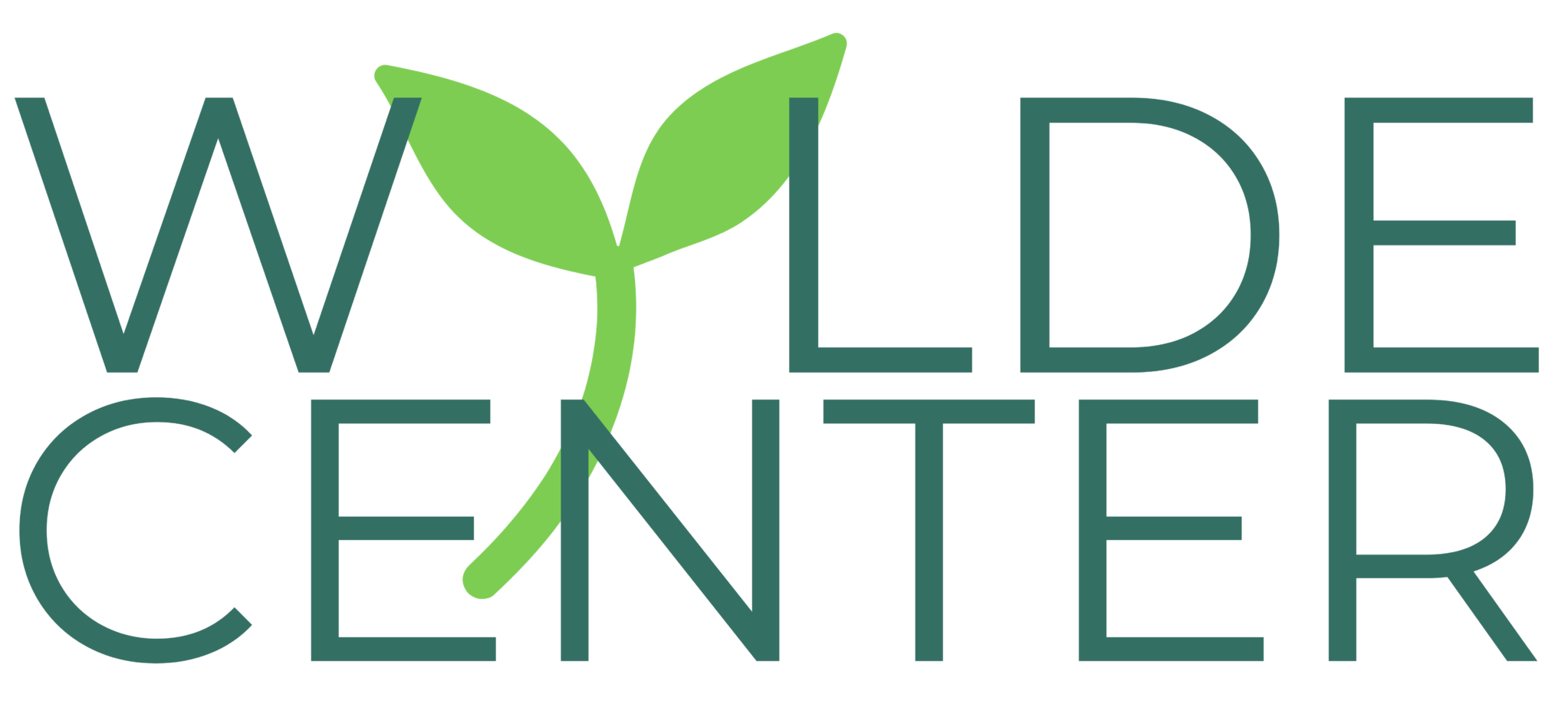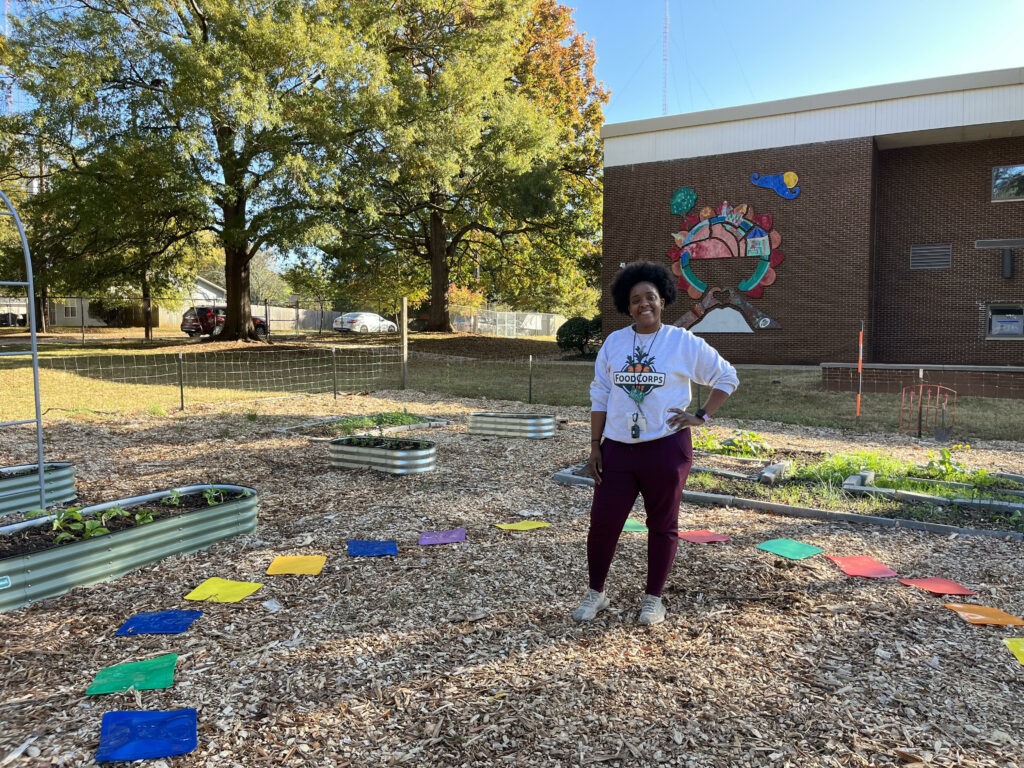By Arielle Larry, FoodCorps Service Member at Wylde Center
Starting a garden can be a little intimidating when you’re not sure where to start. This blog will guide you through the main points to think about before beginning building beds or planting your garden.
The key element here is to start small. Starting your garden with planter pots or raised beds is an excellent way to begin. Planter pots and raised beds come in many different shapes and sizes. Planting in a container is just like planting in a garden bed. You want to make sure you prep your container for planting by filling with soil and compost. I like for my containers to have holes in the bottom to ensure it’s getting the proper drainage it needs. Container plants need a little more love than the average garden bed plants. They dry out more quickly, which means the water maintenance needs to be increased especially in the warmer/hotter seasons.
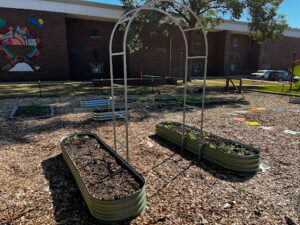
SPROUT OUT to Vego Gardens for donating two garden beds and a trellis to Toomer Elementary School’s garden program. With these garden beds, students are able to plant seeds and seedlings as well as explore different plants. This type of garden is great for any new school garden. They are simple to set-up with just a screwdriver and can be built in a variety of shapes and sizes based on your preferences. If you’re looking to purchase any garden beds, Vego Garden is a great place to start.
Another key element in starting your garden is knowing what to plant. Planting seeds and seedlings in their correct time of season is the best and most effective way to achieve results. There are many resources that help in knowing what to plant in your zone of area. Every zone is different as far as weather conditions, so knowing what to plant in its correct season is most helpful. Urban Farmer has a suggested planting calendar to be most helpful on your garden journey and it is very easy to navigate. If you are starting from a seed, reading the back of seed packets is very beneficial because it tells you exactly how to plant your seeds and if germination is needed.
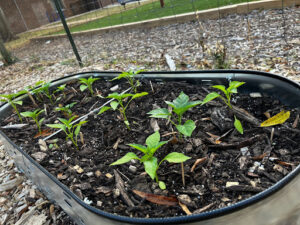
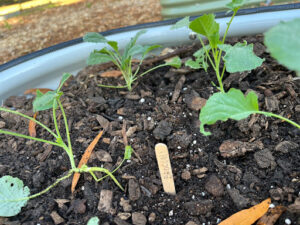
Soil: Always be sure to have enough soil for your plants as well! Soil is our friend. When trying to determine how much soil is enough soil, you’ll need a tape measure to measure the length x width x height = volume. Family Handyman has the ideal formula for the amount of soil needed for your garden bed. Loamy soil is the best soil to start your garden with because it contains equal parts of soil, sand, and silt. This combination holds the best moisture and does well with draining when time to water plants.
Now that we are heading into our fall/winter season this is the perfect time to start planting lettuce, kale, broccoli, collard greens, and garlic to mention a few. At Toomer Elementary, so far my students and I have planted a variety of peppers such as sweet peppers, purple, red, yellow, orange, and jalapeno peppers for the month of October for PepperPalooza! We have also planted swiss chard, radish, rainbow carrots, bok choy, broccoli, lemon balm, and eggplant. My students are extremely excited to see how their plants grow.
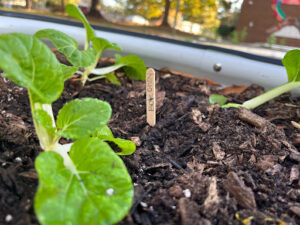
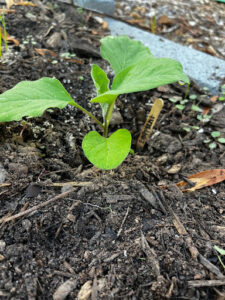
With these few tips on how to start a garden, remember to start small! Starting small will end with BIG results if you maintain your garden space and tend to your garden on a regular basis. I find that having a watering schedule works best!
Here’s a couple of photos of how our school garden looked in the beginning and how it looks now. Happy Gardening!
August
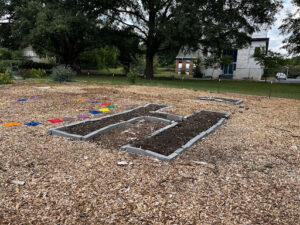
October

